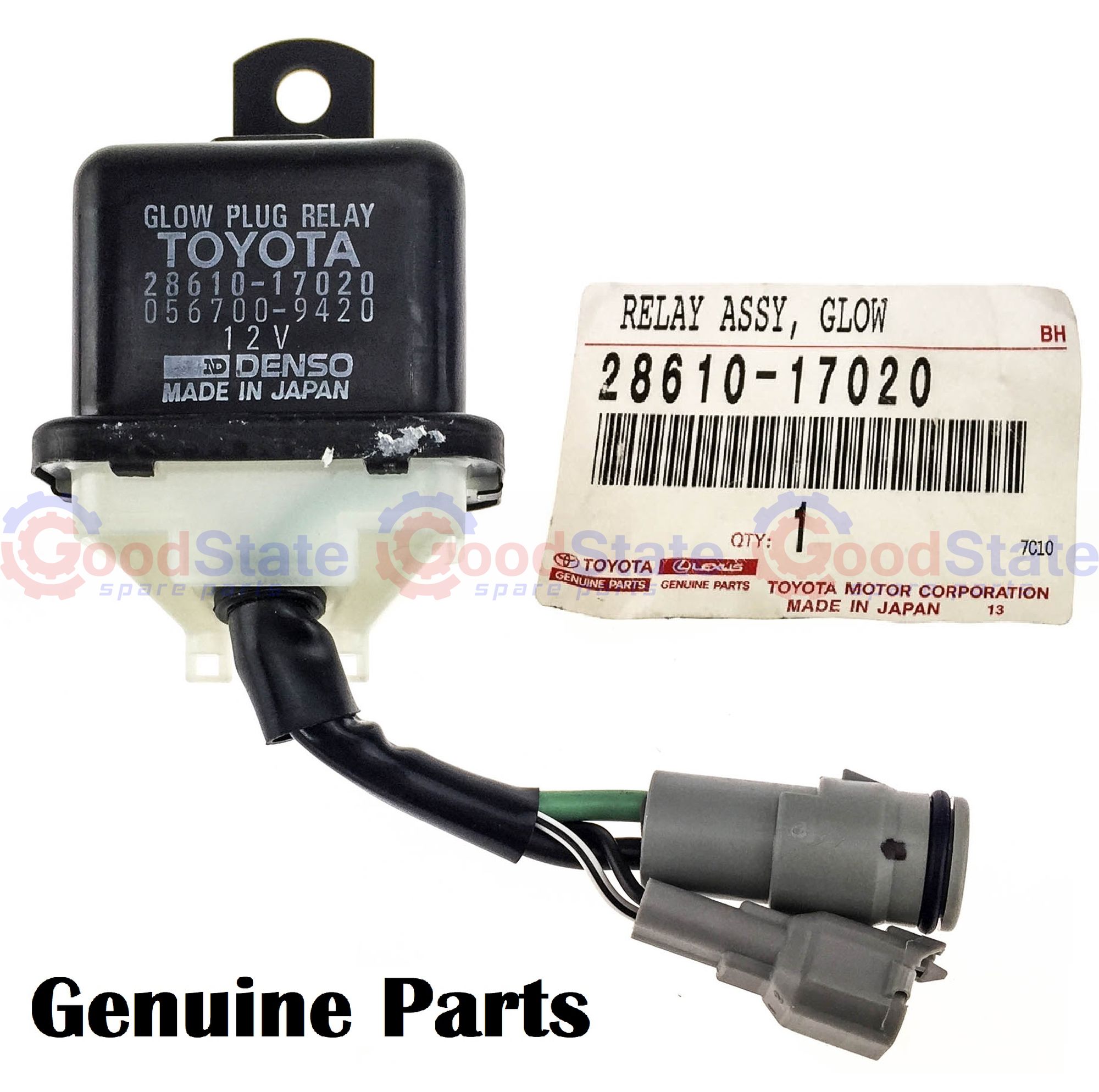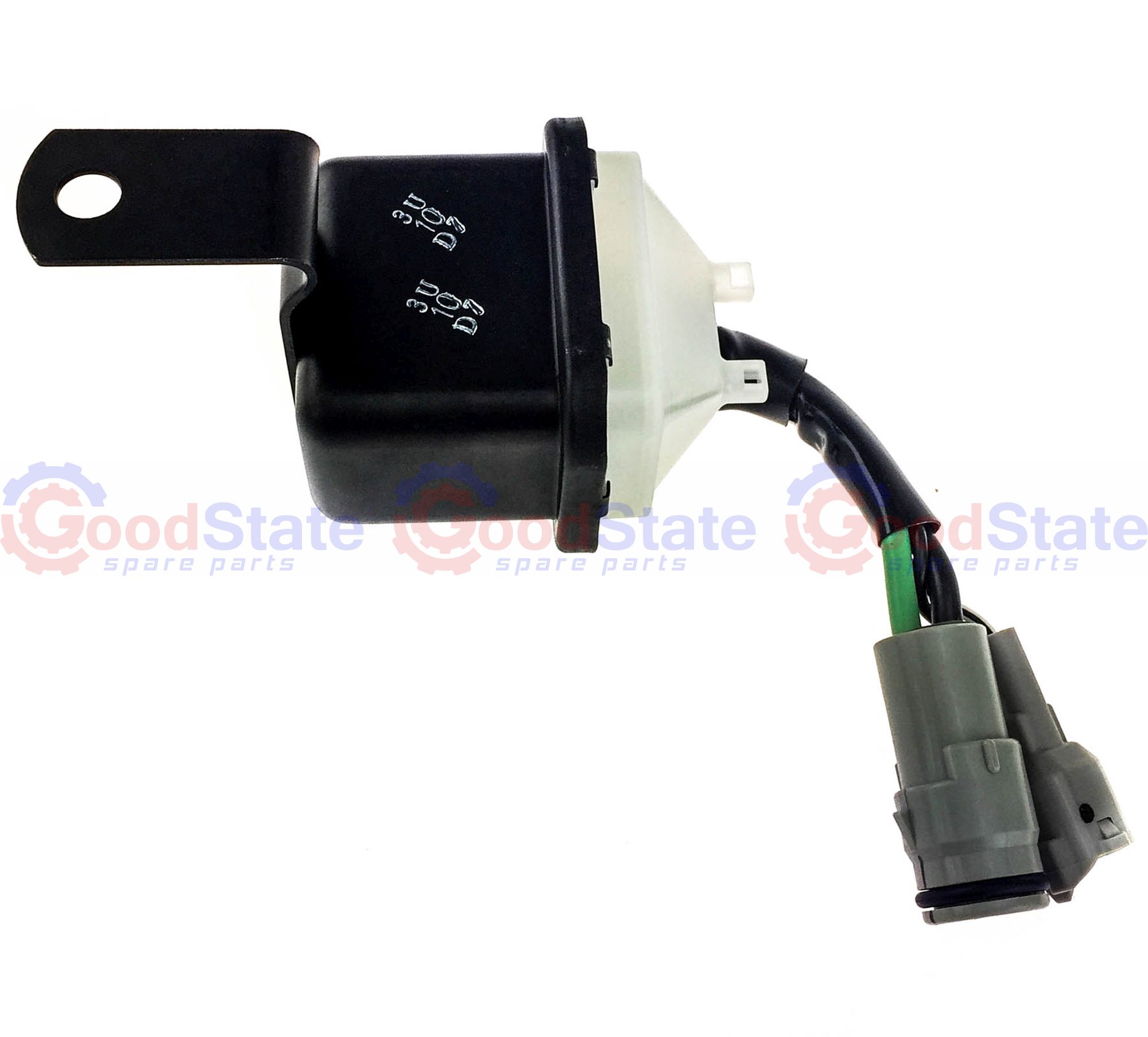Copy part of your link:
" Conditions where sealed relays are not vented:
Under special conditions for specific applications, it may be recommended that sealed relays not be vented. Such conditions include (but are not limited to):
Much less than full rated contact current. Low level contact voltages and/or currents Low ambient temperatures
....operation at low to medium contact loads in a dirty environment (dust, grease, salt air, urban pollution, etc. "
Sorry . ...just an example these relays all have no vents in & they know why...
picture not for the 24V B engine


To explain a bit more
The glow blug relay for the B4´s are on the inside of the cabin on the right side on the bulkhead fixed.
One day we came home after a longer trip about 6 weeks & I wanted to start the engine .
You know the noise when moisture meets electric & what happens .... haha
and a hole would let moisture in !
Obviously there would be some reasons the other way. My point was there are many reasons why a vent hole is a plus. Then there are reasons why not. If you read what you quoted, the reasons for not venting is because of ;
Much less than full rated contact current. Low level contact voltages and/or currents Low ambient temperatures
....operation at low to medium contact loads in a dirty environment (dust, grease, salt air, urban pollution, etc. "
All of the reasons on the side of no vent , is either very little stress on the relay, and/or a dirt environment where chronic dirt can get into it. (Actually, there are relays and devices with a pressure valve so air can vent, yet still disallow dirt / moisture in. )
This thread is trying to determine the purpose of a vent hole on a wiper motor cover. The position of the cover leads me to believe it would be for moisture to have an escape. I was not a Toyota engineer , so, I never was at that meeting. We may never get a formal answer. One thing I do know , is many designs on vehicles have ways for water to have a way out even if getting past seals.




